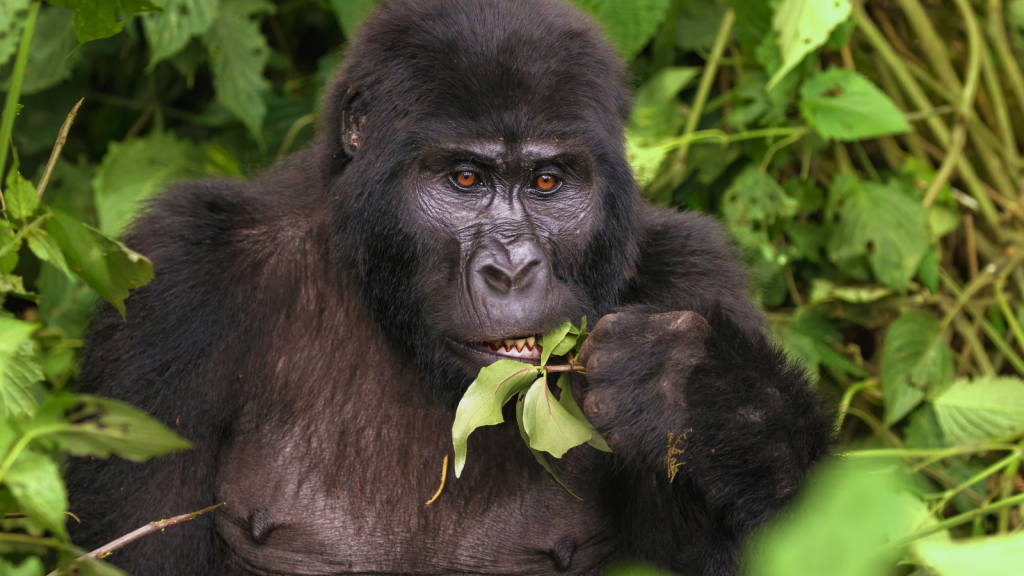When we think of large primates, our minds often wander to the jungles of Africa and Asia. These continents are home to some of the most impressive and sizeable members of the primate family. From the mighty gorillas of the misty mountains to the intelligent orangutans swinging through the rainforest canopy, Old World primates come in a variety of shapes and sizes. These creatures are so like us, and yet many have been pushed to the brink of extinction. It’s brutal and tragic. I remember watching Gorillas in the Mist, the only movie that ever made me cry. Sigourney Weaver did an amazing job portraying the remarkable Diane Fossey and her quest to save the mountain Gorillas, some of the largest and most remarkable primates that were almost wiped out by incessant poaching.
Eastern Gorilla
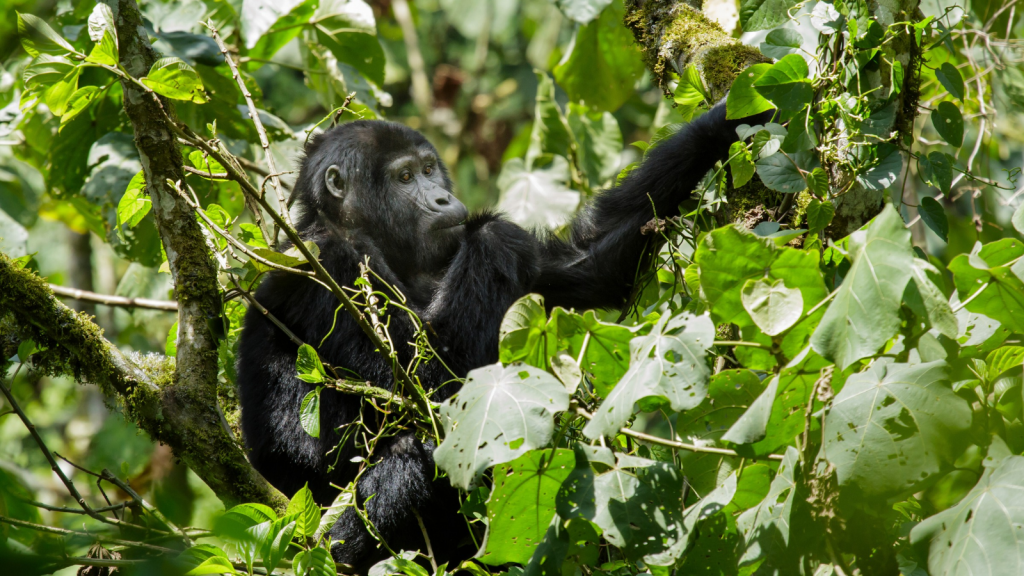
The eastern gorilla holds the title of the largest living primate, with males weighing up to 220 kg. Found in the mountains of central Africa, these magnificent creatures are known for their distinctive silver-coloured backs. They live in family groups led by a dominant silverback male. Eastern gorillas are primarily herbivores, consuming vast quantities of leaves, shoots, and fruits daily to maintain their impressive size. Despite their strength, eastern gorillas are generally peaceful, using their size for foraging rather than aggression, and only fighting when absolutely necessary to protect their group.
Western Gorilla
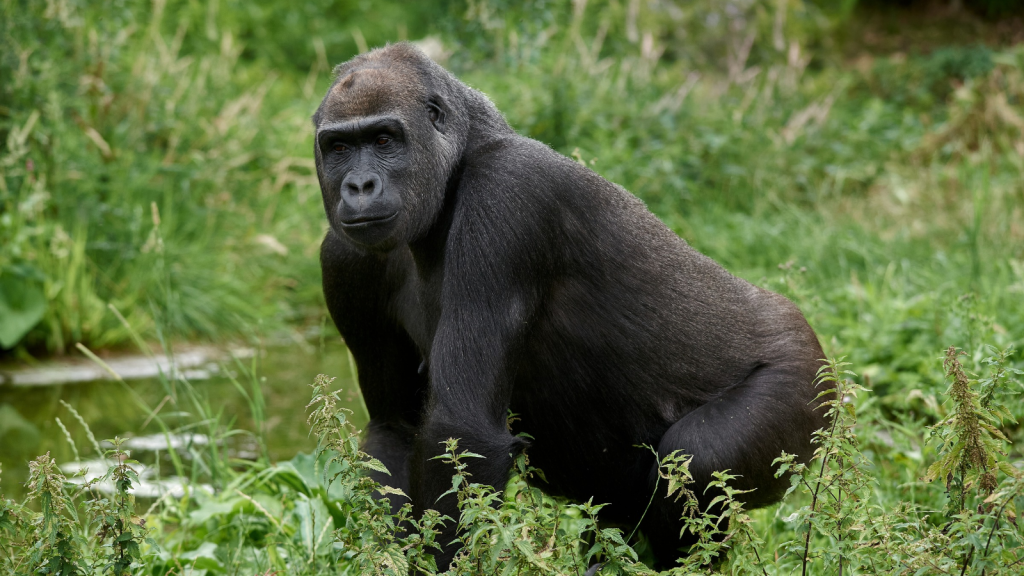
Slightly smaller than their eastern cousins, western gorillas can still reach weights of up to 180 kg. They inhabit the forests of central Africa and are distinguished by their brownish-grey fur. Western gorillas are more frugivorous than eastern gorillas, with fruit making up a larger portion of their diet. They’re known for their intelligence and have been observed using tools in the wild. Western gorillas play a crucial role in seed dispersal, helping to maintain the diversity of their forest habitats by spreading seeds from the fruits they eat across wide areas.
Bornean Orangutan

The largest arboreal animal, Bornean orangutans can weigh up to 150 kg. These red-haired apes are found only on the island of Borneo. They’re known for their remarkable intelligence and problem-solving abilities. Bornean orangutans spend most of their time in the trees and build new nests each night for sleeping. Their powerful arms, which can span up to 2.4 metres from fingertip to fingertip, allow them to move effortlessly through the forest canopy, swinging from branch to branch in a method of locomotion called brachiation.
Sumatran Orangutan
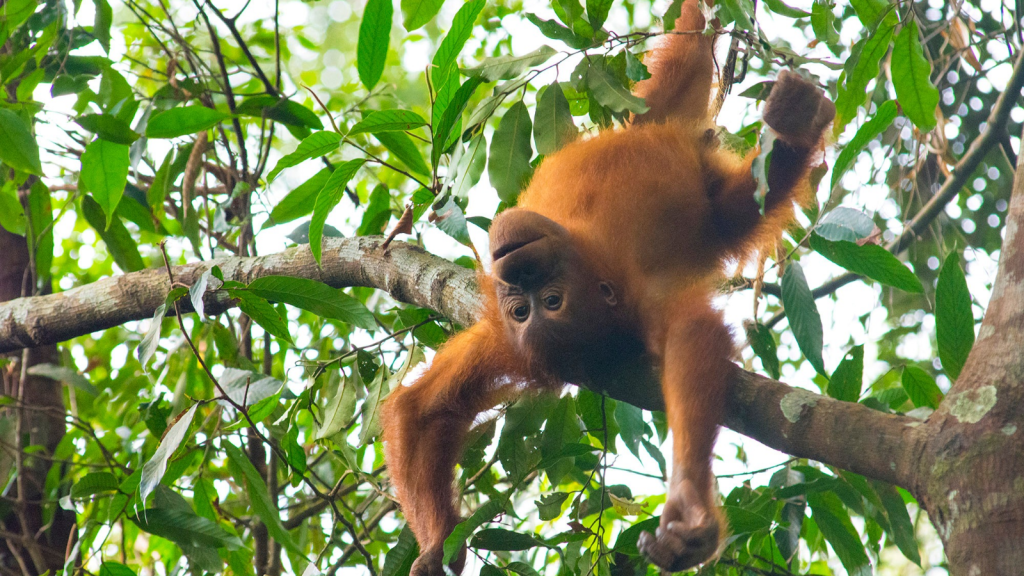
Closely related to their Bornean cousins, Sumatran orangutans can weigh up to 90 kg. They’re found only on the island of Sumatra in Indonesia. Sumatran orangutans are considered the most intelligent of the great apes after humans. They have been observed using a variety of tools and even practising self-medication with certain plants. Sumatran orangutans have a more social nature compared to their Bornean relatives, often gathering in small groups to feed and interact, which may contribute to their advanced cognitive abilities.
Chimpanzee
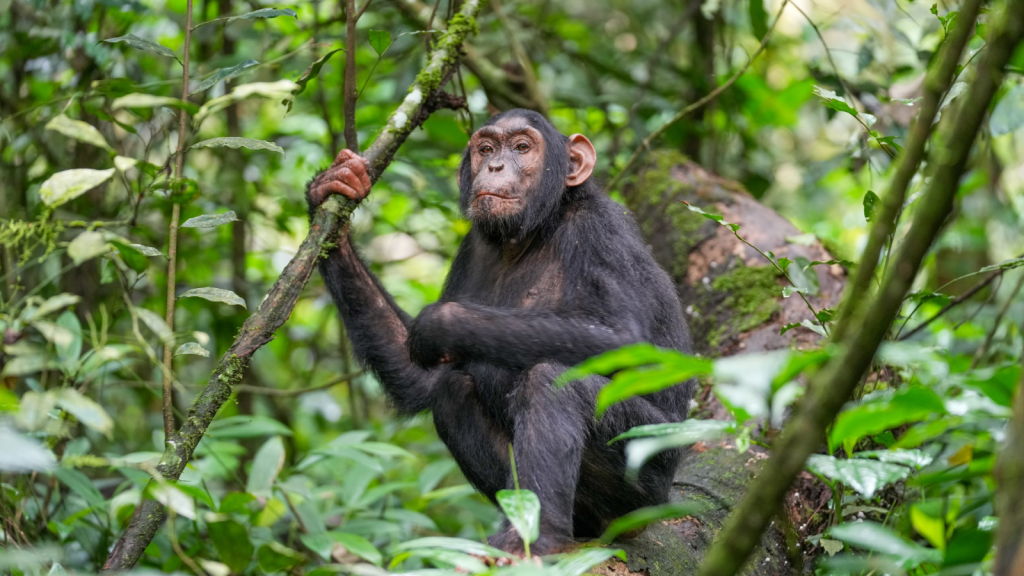
Chimpanzees, our closest living relatives, can weigh up to 70 kg. They’re found in the forests of central and west Africa. Chimps are highly social animals, living in communities of up to 150 individuals. They’re known for their complex social behaviours, use of tools, and ability to learn human sign language. Chimpanzees also exhibit a form of culture, with different groups having unique traditions and behaviours that are passed down through generations, such as specific tool use techniques or grooming rituals.
Mandrill

The largest monkey species, mandrills can weigh up to 54 kg. These colourful primates are found in the rainforests of central Africa. Male mandrills are known for their bright blue and red facial colouring, which becomes more vivid with increased testosterone levels. They live in large groups called hordes, which can number in the hundreds. Mandrills have incredibly strong arms and shoulders, allowing them to easily turn over heavy logs and rocks in search of insects, one of their favourite foods.
Gelada
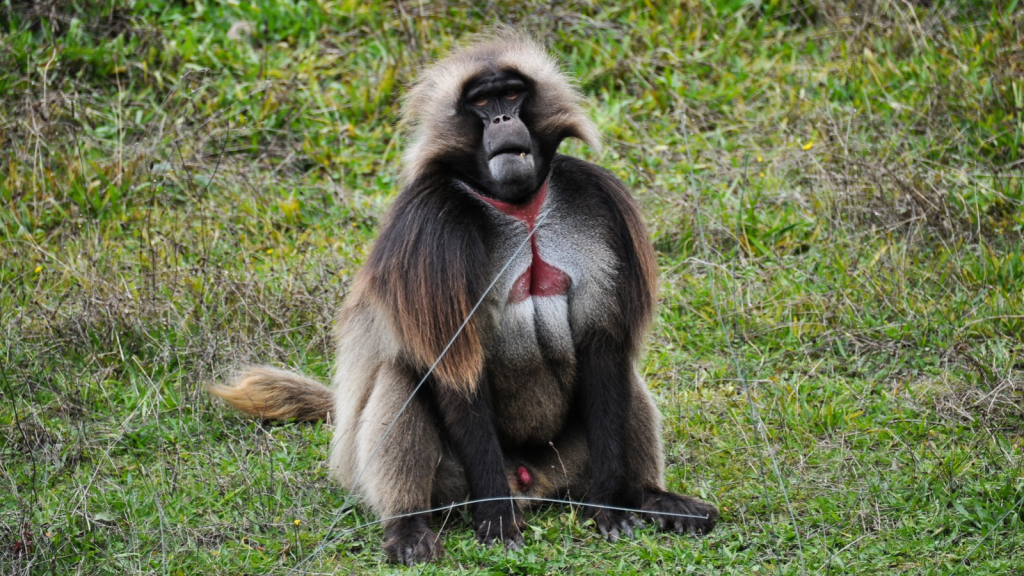
Often called the ‘bleeding heart monkey’ due to their red chest patch, geladas can weigh up to 20 kg. They’re found only in the highlands of Ethiopia. Geladas are the last surviving species of a once widespread group of grazing primates. They have a unique locomotion, using a form of quadrupedal shuffling to move quickly across grasslands. Geladas have a complex vocal repertoire with over 30 distinct calls, earning them the nickname “babbling monkeys” due to the similarity of their vocalisations to human speech.
Drill
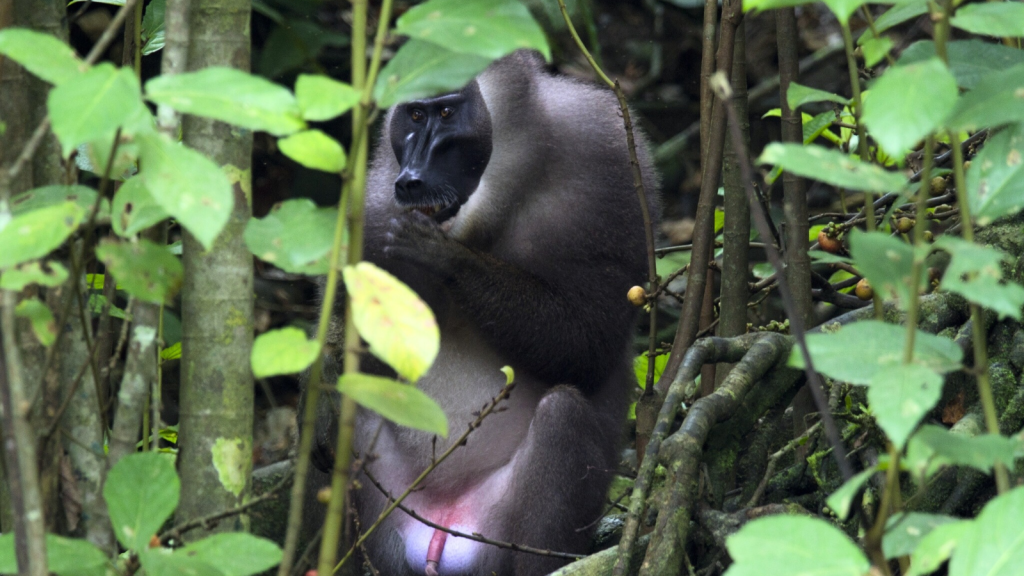
Closely related to mandrills, drills can weigh up to 50 kg. They’re found in a small area of western Africa and are one of the continent’s most endangered primates. Male drills have colourful rumps that become brighter when they’re excited. They live in groups led by a single adult male. Drills have unique, elongated canine teeth that they use to strip bark from trees to access the nutritious cambium layer beneath, a behaviour that plays a crucial role in their diet and forest ecology.
Olive Baboon
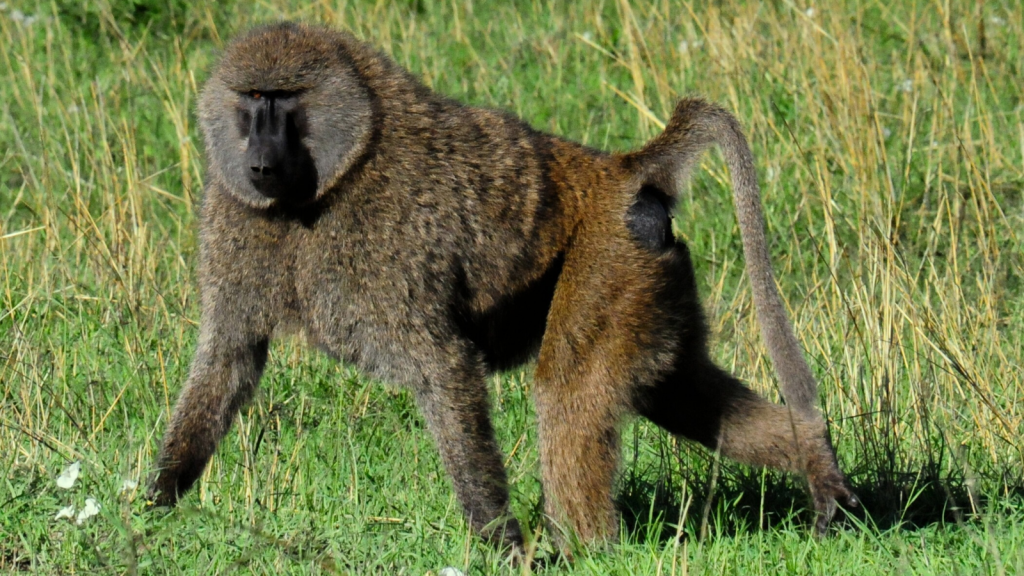
One of the most widespread of the baboon species, olive baboons can weigh up to 50 kg. They’re found across much of central and east Africa. Olive baboons are highly adaptable and can thrive in a variety of habitats, from savanna to forest. They’re known for their intelligence and complex social structures. Olive baboons have been observed using over 30 distinct vocalizations to communicate, and they’re one of the few non-human animals known to understand the concept of cause and effect.
Hamadryas Baboon
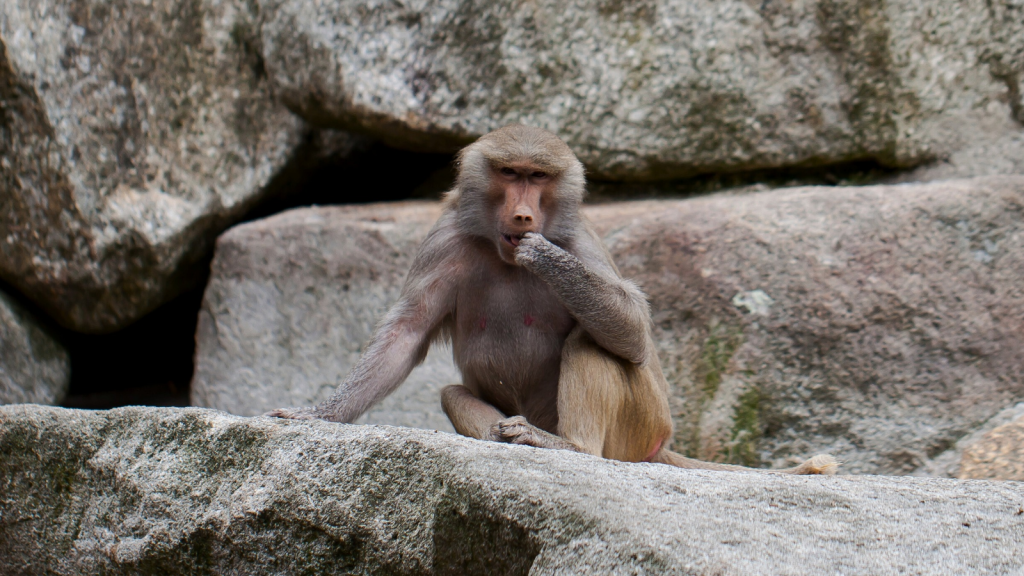
Also known as the sacred baboon, hamadryas baboons can weigh up to 30 kg. They’re found in the Horn of Africa and parts of Arabia. Hamadryas baboons have a distinctive appearance with males sporting silver-coloured manes. They have a complex multi-level social structure, unique among baboons. Hamadryas baboons are well-adapted to arid environments, able to go without water for long periods and obtaining much of their moisture from the food they eat.
Chacma Baboon
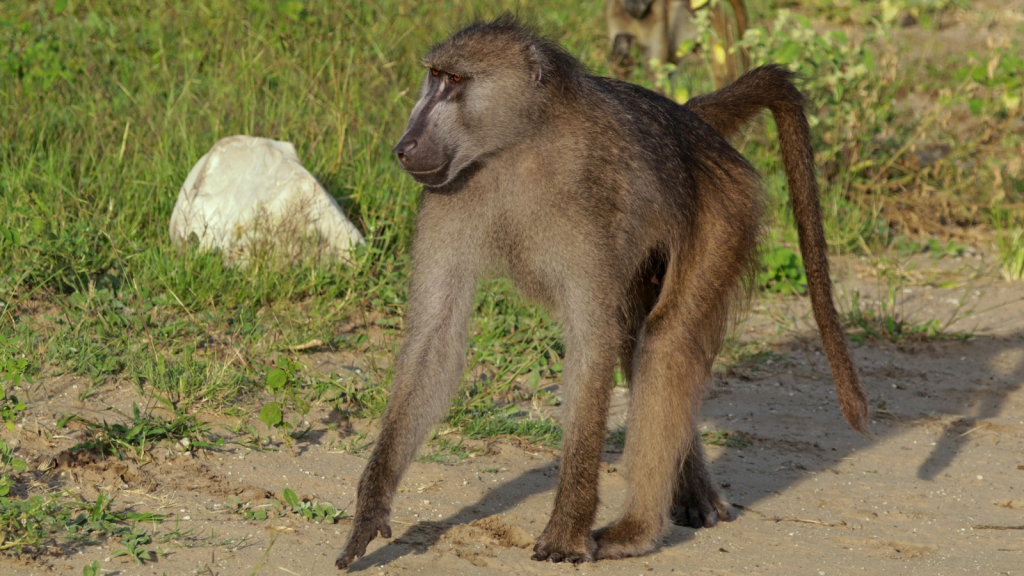
The largest of the baboon species, chacma baboons can weigh up to 45 kg. They’re found in southern Africa. Chacma baboons are known for their adaptability and can survive in a wide range of habitats. They have a omnivorous diet and have been known to hunt small antelopes. Chacma baboons have a unique defensive strategy against predators like leopards, where adult males will confront the threat while females and young escape, showcasing their complex social dynamics and bravery.
Proboscis Monkey
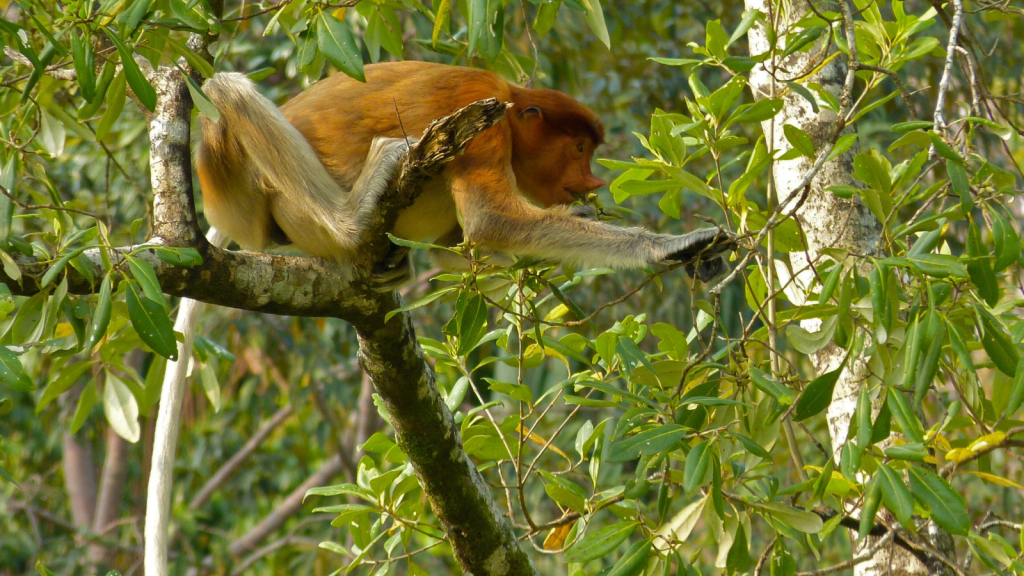
Known for their distinctive large noses, proboscis monkeys can weigh up to 24 kg. They’re found only on the island of Borneo. Proboscis monkeys are excellent swimmers and have partially webbed feet. They live in harems consisting of a dominant male and several females with their offspring. Their large, pendulous noses aren’t just for show; they act as resonating chambers, amplifying the monkey’s calls and making them sound larger and more intimidating to potential rivals.
Siamang
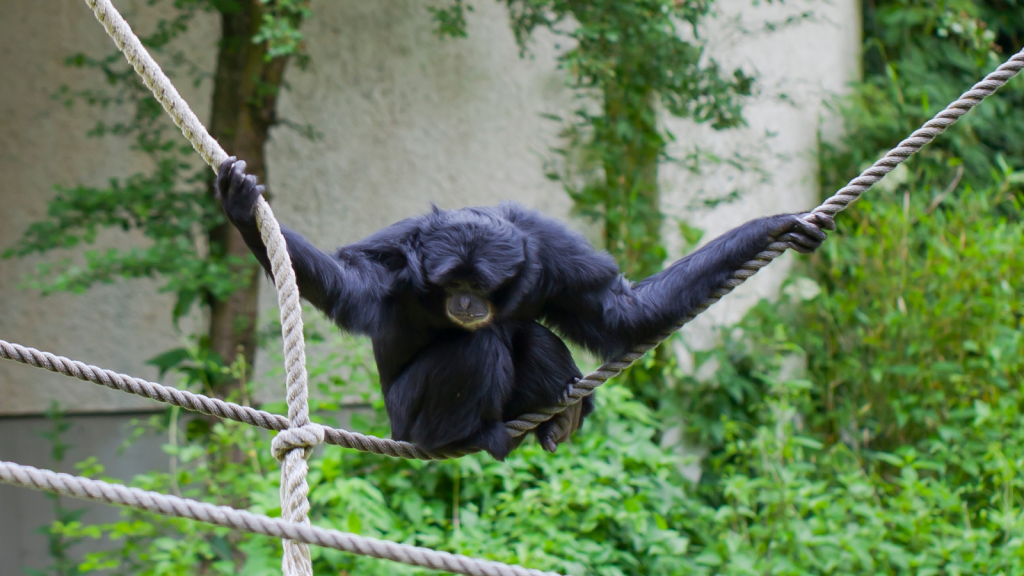
The largest of the gibbon species, siamangs can weigh up to 14 kg. They’re found in the forests of Malaysia and Sumatra. Siamangs are known for their loud, musical calls, amplified by a throat sac. They’re strictly arboreal and rarely descend to the ground. Siamangs are monogamous, forming strong pair bonds that can last for life, with mated pairs often performing coordinated duets that strengthen their bond and mark their territory.
Golden Snub-Nosed Monkey
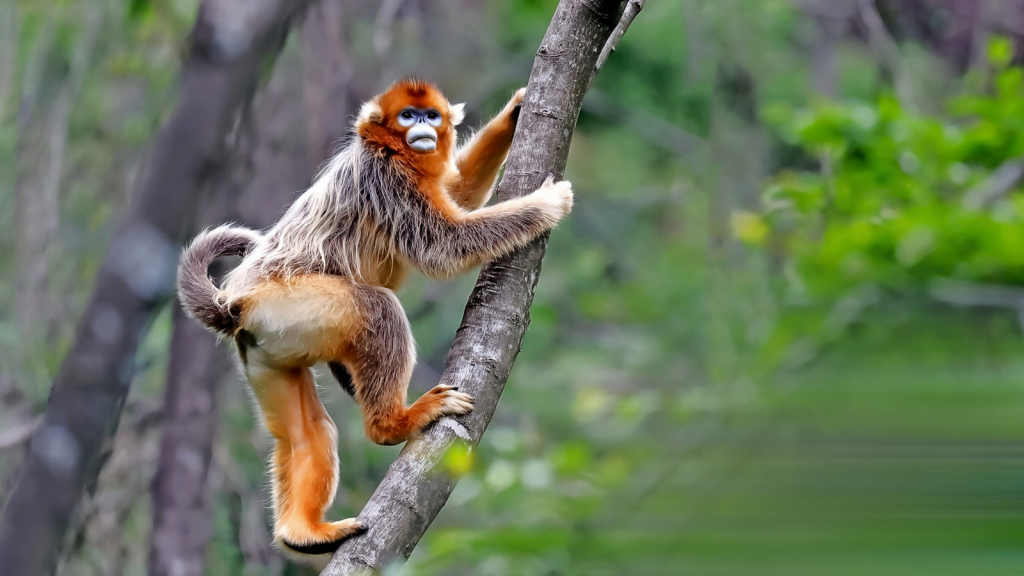
With their bright golden fur and blue faces, golden snub-nosed monkeys can weigh up to 15 kg. They’re found in the mountains of central and southwest China. These monkeys are adapted to cold climates and can survive in snow-covered forests. They live in large groups that can number up to 600 individuals. Golden snub-nosed monkeys have a unique digestive system that allows them to process lichen, a primary food source in their harsh mountain habitat that few other animals can digest efficiently.
Patas Monkey
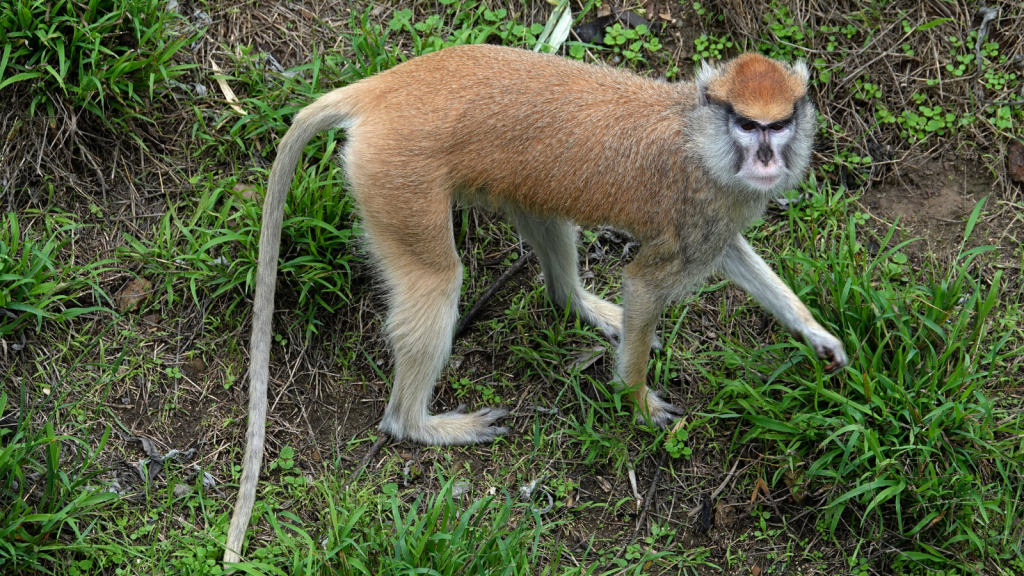
Known for their speed, patas monkeys can weigh up to 13 kg. They’re found in the savannas of central Africa. Patas monkeys are the fastest primates on land, capable of reaching speeds up to 55 km/h. They have a unique social structure where a single male lives with a group of females and their young. Patas monkeys have developed a mutualistic relationship with whistling thorn acacia trees, feeding on the tree’s gum while protecting it from elephants and other herbivores, showcasing their ecological importance.

